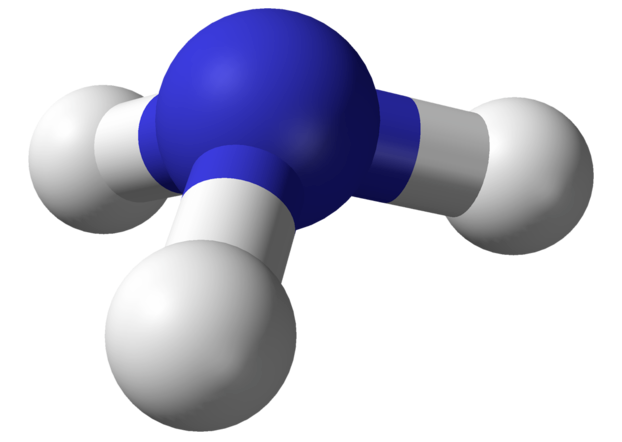Reviewed by Lexie CornerMar 22 2024
Ammonia is one of the most extensively produced chemicals globally, finding applications across a wide array of manufacturing and service industries. The traditional production technology is the Haber-Bosch process, which mixes nitrogen gas (N2) and hydrogen gas (H2) in a reactor with a catalyst.
 Ammonia is one of the most widely produced chemicals in the world. Image Credit: Ben Mills/Wikimedia Commons
Ammonia is one of the most widely produced chemicals in the world. Image Credit: Ben Mills/Wikimedia Commons
High temperatures and pressures are necessary for this process, which uses a lot of power. The manufacturing of ammonia is thought to be responsible for 3 % of global carbon emissions and 1–2 % of the world's electricity use.
Using iron oxide and molybdenum disulfide catalysts, researchers at the Center for Development of Functional Materials (CDMF) have created an electrochemical nitrogen reduction process in quest of more environmentally friendly substitutes. High pressure and temperature are not necessary for the electrochemical process.
CDMF is one of the Research, Innovation and Dissemination Centers (RIDCs) funded by FAPESP, and is hosted by the Federal University of São Carlos (UFSCar).
The study was published in the journal Electrochimica Acta. The authors are Caio Vinícius da Silva Almeida, a Postdoctoral Fellow at UFSCar with a scholarship from FAPESP, and Lucia Helena Mascaro, a Professor in UFSCar’s Department of Chemistry.
The catalysts in question are made using an easy and affordable process called electrodeposition. They are effective, steady, and long-lasting. The research findings offer opportunities for utilizing straightforward, cost-effective catalysts in ammonia production and synthesizing amorphous materials for nitrogen fixation.
Journal Reference:
Almeida, V. S. C., et al. (2024) Enhancing electrochemical N2 reduction at mild conditions with FexOy co-deposited on amorphous MoS2. Electrochimica Acta. doi.org/10.1016/j.electacta.2023.143680